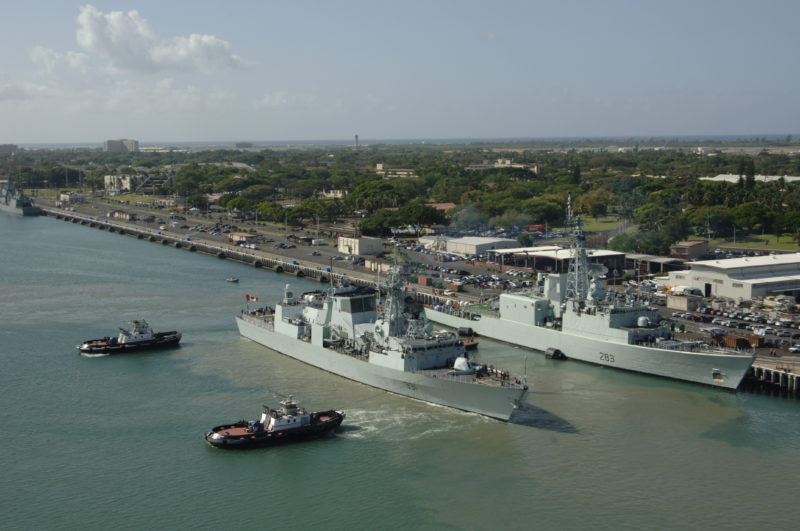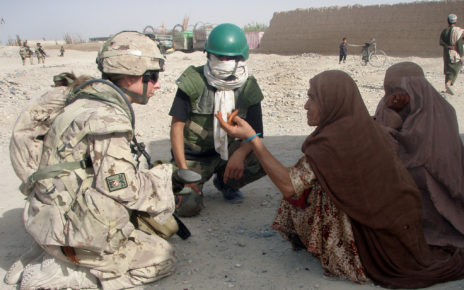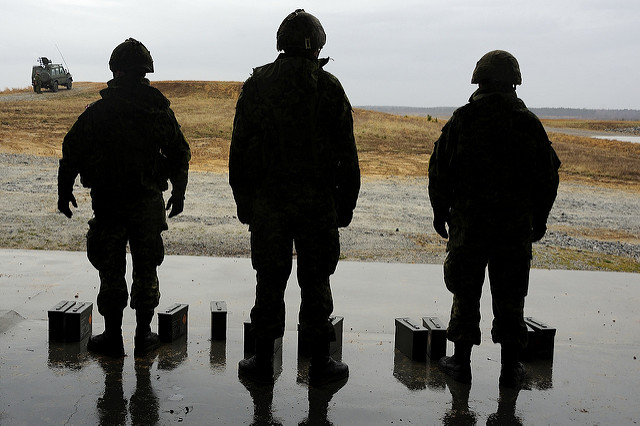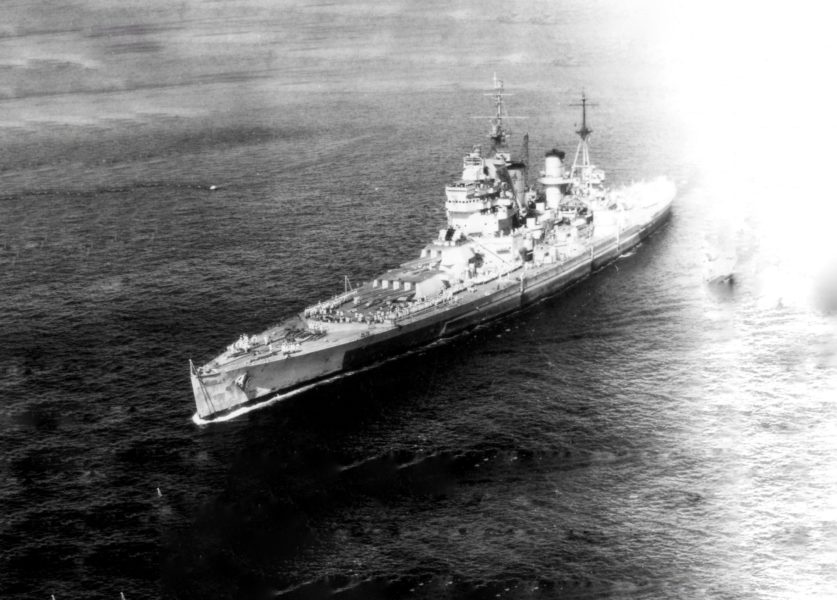On 14 November 2016, the South Island of New Zealand suffered a magnitude 7.8 earthquake, one of the worst ever experienced by the country. Two lives were lost and significant property damage has been reported. HMCS Vancouver, a Royal Canadian Navy (RCN) Halifax-class frigate, was deployed to respond to the disaster, delivering 216 tonnes of food and emergency supplies. The vessel was already in the neighbourhood at the time in order to participate in joint exercises with the Royal Australian Navy (RAN) and to celebrate the 75th birthday of the Royal New Zealand Navy (RNZN).
For the RCN, however, this was not simply routine disaster response; rather, the deployment of HMCS Vancouver was an opportunity to showcase an increasingly prominent operational concept. “Generating forward” involves maintaining as many vessels at sea as possible, so that any vessel “already deployed in the region with the people, tools, skills, and flexibility can react and respond quickly when called upon to support Canada’s military priorities”. Prior to HMCS Vancouver’s response to the Kaikoura earthquake, “generating forward” was used to refer to the activities of HMCS Windsor, a Victoria-class submarine, during the summer of 2016. After participating in Exercise Dynamic Mongoose, a NATO anti-submarine warfare exercise in the Norwegian Sea, HMCS Windsor was tasked with patrolling waters in the region, possibly in response to increased Russian activity.
The reference to ‘generating forward’ in both cases offers some insight into what role Canada’s new government has developed for the RCN. Rather than deploying in order to participate in multinational operations alone, such as NATO’s Operation Active Endeavour in the Mediterranean Sea or Operation Ocean Shield in the Gulf of Aden, the RCN will maintain a presence in as many regions as possible in order to quickly respond to any emerging threat or security challenge. Such a role implies a substantial commitment to expeditionary capabilities by the Trudeau government.
This operational concept presents an opportunity for Canada to demonstrate its leadership within and commitment to the international security order, especially at a time when the United States seems likely to pursue an isolationist foreign policy in the coming years. 2016 has seen a substantial increase in Canadian maritime diplomacy activities in the Americas, including counter-trafficking operations in the Caribbean and hosting the Inter-American Naval Conference (INAC) in Halifax. At least within the Americas, generating forward could allow Canada to successfully serve as an intermediary between the US, the Caribbean, and Latin America while also supporting capacity-building throughout the Western Hemisphere.
Whether this may place too much pressure on the RCN remains to be seen. Since construction of the RCN’s two new Queenston-class auxiliary vessels is yet to begin, there is limited capacity for the RCN to undertake long-term deployments to conflict areas. This would certainly leave Canada in an awkward position if a major maritime operation were to be launched under the auspices of the United Nations or NATO between now and the early 2020s, calling for a commitment from the RCN. Generating forward may be the best alternative to retreating inward, relegating the RCN to the role of coastal defence until new vessels like the Single Class Surface Combatant can be built to replace the Halifax-class frigates and Iroquois-class destroyers. The dispersal of Canadian maritime forces is, in essence, an effort to do more with less for the time being.
Photo: ”Halifax”-class frigate ”’HMCS ”Vancouver” (FFH 331) and ”Iroquois”-class destroyer ”’HMCS ”Algonquin””’ (DDH 283) Tugboats assist HMCS Vancouver (FFH 331) in departing from Pearl Harbor to participate in exercise Rim of the Pacific “Eight nations are participating in RIMPAC, the world’s largest biennial maritime exercise. Conducted in the waters off Hawaii, RIMPAC brings together military forces from Australia, Canada, Chile, Peru, Japan, the Republic of Korea, the United Kingdom and the United States. U.S. Navy photo by Photographer’s Mate Second Class Rebecca J. Moat.” (RIMPAC)(2006), by MC3 Rebecca J. Moat, U.S. Navy, via Wikimedia Commons. Public Domain.
Disclaimer: Any views or opinions expressed in articles are solely those of the authors and do not necessarily represent the views of the NATO Association of Canada.




